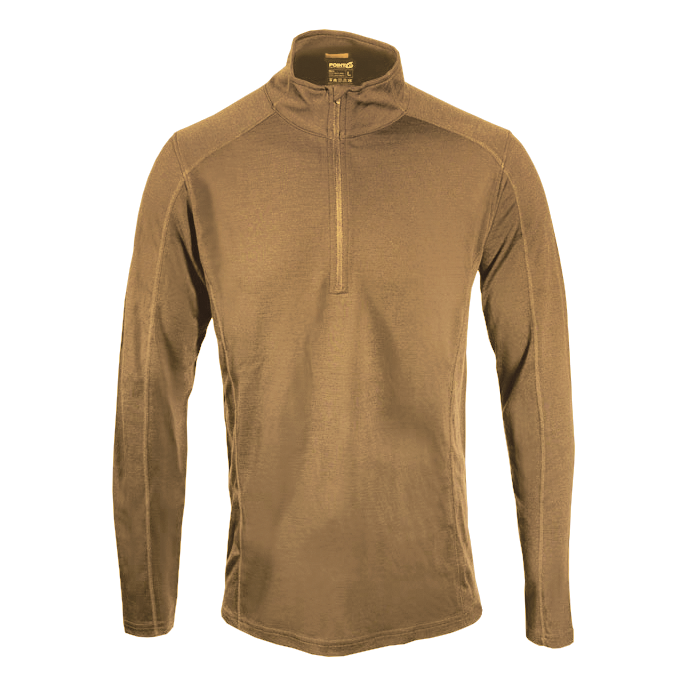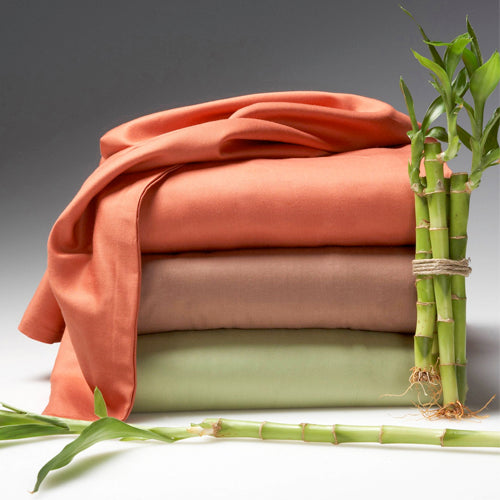Why Are Yak Wool Base Layers Efficient For Winter Sports Apparel In Terms Of Warmth/Temperature Regulation And Moisture Management, As Well As Durability And Comfort? Yak merino wool base layers excel in winter sports clothing because of a mix of factors that improve warmth, temperature regulation and humidity management, the comfort and durability. Warmth and Temperature Regulation-
Both Merino and yak wool have natural insulation properties. Yak's hollow fibers are able to trap air and give great warmth. Merino Wool is also known for its superior insulation.
Controls Body Temperature The combined fabric regulates body temperature, trapping the heat when it's cold, and allowing air to flow through so that you don't overheat when you're doing intense activities.
Moisture Management-
Merino Wool's Moisture Wicking Properties draw sweat from your skin and distribute it to the surrounding area, preventing sweat. Yak wool similarly helps transfer moisture and keeps the wearer dry and comfortable during vigorous physical exercise.
Comfort-
Softness- Merino wool is renowned for its fine, soft fibers that are soft on skin, and less likely to cause irritation. The addition of yak-wool fibers which are soft can also improve comfort.
Odor Resistance - Both types of Wool possess natural antimicrobial properties, which help to reduce the spread and growth of odor-causing bacteria. This helps keep the clothing fresh.
Durability-
Strength and resilience- Yak, which is naturally durable, can be combined with merino in order to create the fabric that is tough and durable. It's perfect for any task.
Natural Fiber Benefits-
Yak, merino and other fibers that are renewable are environmentally sustainable.
The natural properties of wool permit wool to adjust to various conditions of weather and perform in dry and moist environments.
The blend of yak and merino wool makes use of the strengths of each material, creating a fabric that excels in providing warmth while also regulating temperature, balancing humidity, providing comfort and ensuring toughness. Yak merino base layers are thus ideal for winter sportswear since they are able to meet the demands of outdoor activities and cold temperatures. They also keep the wearer comfortable and dry. View the recommended
merino wool base layers for blog advice including wool thermals mens, wool undershirt women's, merino wool long johns, ski base layer womens, merino undershirt, best merino wool base layer, best ski underlayers, wool long underwear, ski thermals, merino wool undershirt and more.
 What Are The Benefits Of Wearing Bamboo Clothing In Regard To Thermal Regulation, Uv Protection, Biodegradability, And Environmental Impact.
What Are The Benefits Of Wearing Bamboo Clothing In Regard To Thermal Regulation, Uv Protection, Biodegradability, And Environmental Impact. Bamboo clothing comes with a variety of advantages in terms of the regulation of temperature as well as biodegradability, UV protection and environmental impact- Thermal Regulation-
Insulation: Bamboo fabric has natural thermal regulating properties that help provide warmth during cold temperatures. It regulates body temperature by holding the heat in cooler temperatures and also allowing airflow to avoid overheating during exercise.
UV Protection
UV Resistance - Bamboo fabrics provide natural protection against harmful ultraviolet Rays. It blocks a large portion of the sun's UV radiation, and provides an additional layer of defense against sun exposure when worn outside.
Biodegradability-
Eco-friendly - Bamboo clothing breaks down naturally, which means it doesn't leave harmful residues at the conclusion of their life cycle or contribute to the environmental degradation. This helps reduce waste and the environmental impact of clothes that are being discarded.
Environmental Impact-
Sustainability - Bamboo as a primary material is highly sustainable. It is a fast-growing and abundantly, with no chemical fertilizers. It is a renewable resource due to of its fast expansion.
Bamboo is more efficient in water use because it consumes less water than other crops, such as cotton. This is a major factor in water conservation and helps reduce the strain on resources.
Soil Conservation-
Soil Health: The cultivation of bamboo does not typically deplete soil nutrition or require large amounts of irrigation. It helps improve the health soil conditions and reduces necessity for damaging agricultural practices.
Carbon Sequestration
Carbon Absorption Bamboo plants can absorb more carbon dioxide, and release oxygen into the air than some other plants. This property helps reduce carbon emissions and fight climate change.
Bamboo clothing is an excellent option for those looking to wear clothing that is both functional and sustainable. These characteristics are in sync with sustainable practices that benefit the wearer as well as for the environment. Have a look at the recommended
bamboo clothings tips for site examples including bamboo boxer shorts, bamboo tee shirts wholesale, sustainable bamboo clothing, bamboo cotton shirts, yala pajamas, jacket bamboo, bamboo activewear, clothes made from bamboo, boody clothing, bamboo t shirts ladies and more.
 How Do Merino Layers And Bamboo Clothes Differ From Eachother And Regular Wool?
How Do Merino Layers And Bamboo Clothes Differ From Eachother And Regular Wool? Merino bamboo, Merino, and regular wool each have distinct particularities.
Softness- Merino is known for having fine, soft fibers that are easy to wear. It is less likely that it will cause irritation or itchiness when compared with other types of wool.
Merino wool is extremely effective in wicking moisture, which allows it to evaporate. It keeps wearers comfortably cool.
Merino is a great insulation when it is wet. It regulates the body's temperature, and acts as an insulation during cold winter days.
Odor Resistant- It blocks the growth of bacteria which cause smells. It keeps your clothes fresh even after long wear.
Bamboo Clothing
The softness of bamboo clothing is renowned for its silky and soft feel, often likened to cashmere or silk. It's soft to the skin and provides an indulgence.
Bamboo fabric wicks away moisture and draws water away from the skin, keeping the wearer dry.
Temperature Regulation- Bamboo clothing has natural temperature-regulating abilities, offering warmth in winter and breathability to prevent overheating.
Sustainable Bamboo is a very renewable resource, and it grows quickly without the need for pesticides or fertilizers. Bamboo is biodegradable and has a minimal impact on the environment.
Wool Regular
Texture- Traditional wool can vary in texture, with some wools being coarser and more susceptible to itching or discomfort.
Warmth- Wool offers excellent insulation, but can feel weighty and heavy.
Moisture Absorption- Wool can absorb moisture, which makes it less effective at wicking moisture as compared to merino wool and bamboo fabric. However, it retains warmth even when it is damp.
Merino offers softness and excellent moisture-wicking. It also is immune to smells. Bamboo clothing provides a silky texture, moisture-wicking properties temperature regulation, and sustainability. Wool is a different texture and may not have the same moisture-wicking properties like merino or bamboo. But, it gives warmth and insulation. Each has its own advantages, catering to various needs and preferences for winter wear. Have a look at the recommended
continue reading this on bamboo winter clothing for blog tips including icebreaker baselayer, womens icebreaker base layer, merino ninja suit, bamboo winter clothing sale, ski underlayers, merino long underwear, wool base layer, merino base layer cycling, wool thermals mens, wool undershirt women's and more.
